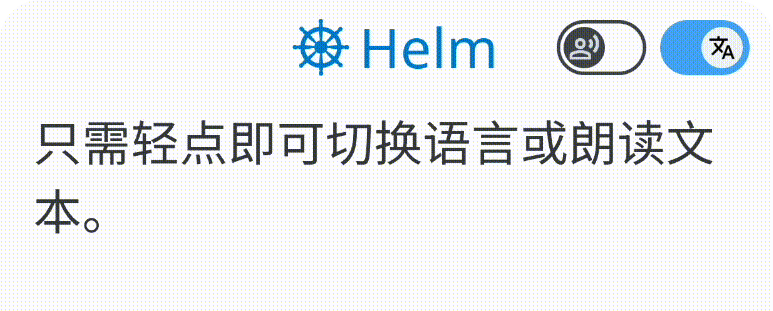 中国通过全面的人口发展改革,包括长期护理保险制度和自主养老保险制度,应对人口老龄化危机。
中国通过全面的人口发展改革,包括长期护理保险制度和自主养老保险制度,应对人口老龄化危机。  China adopts comprehensive population development reforms, including a long-term care insurance system and AI-enhanced elderly care, to address its aging population crisis.
China adopts comprehensive population development reforms, including a long-term care insurance system and AI-enhanced elderly care, to address its aging population crisis.
 中国政府正通过一系列涉及整个生命周期的改革,从儿童保育到老年人护理,解决人口老龄化危机。
中国政府正通过一系列涉及整个生命周期的改革,从儿童保育到老年人护理,解决人口老龄化危机。  China's government is tackling its aging population crisis with a series of reforms covering the full life cycle, from childcare to elderly care.
China's government is tackling its aging population crisis with a series of reforms covering the full life cycle, from childcare to elderly care.  这些措施是中国共产党第20届中央委员会通过的重要决议的一部分,包括优化老年人基本护理服务的供应,发展银经济,为有特殊困难的老年人建立长期护理保险制度。
这些措施是中国共产党第20届中央委员会通过的重要决议的一部分,包括优化老年人基本护理服务的供应,发展银经济,为有特殊困难的老年人建立长期护理保险制度。  The measures, part of a key resolution adopted at the 20th Central Committee of the Chinese Communist Party, include optimizing the supply of basic elderly care services, developing the silver economy, and establishing a long-term care insurance system for seniors with special difficulties.
The measures, part of a key resolution adopted at the 20th Central Committee of the Chinese Communist Party, include optimizing the supply of basic elderly care services, developing the silver economy, and establishing a long-term care insurance system for seniors with special difficulties.  中国还寻求增加对生育、儿童保育和教育的支持,以抵消人口迅速老龄化的趋势,建立一个更全面的人口发展体系。
中国还寻求增加对生育、儿童保育和教育的支持,以抵消人口迅速老龄化的趋势,建立一个更全面的人口发展体系。  China is also seeking to increase support for childbirth, childcare, and education to counterbalance its rapidly aging population, building a more comprehensive population development system.
China is also seeking to increase support for childbirth, childcare, and education to counterbalance its rapidly aging population, building a more comprehensive population development system.  政府正在投资于AI技术,以加强老年人护理业,特别是在智能家庭产品、可穿戴装置和机器人等领域。
政府正在投资于AI技术,以加强老年人护理业,特别是在智能家庭产品、可穿戴装置和机器人等领域。  The government is investing in AI technologies to enhance the elderly care business, particularly in areas such as smart household products, wearable devices, and robots.
The government is investing in AI technologies to enhance the elderly care business, particularly in areas such as smart household products, wearable devices, and robots.  到2035年,中国将银经济扩大到30万亿元人民币。
到2035年,中国将银经济扩大到30万亿元人民币。  By 2035, China aims to expand the silver economy to reach about 30 trillion yuan.
By 2035, China aims to expand the silver economy to reach about 30 trillion yuan.

 中国通过全面的人口发展改革,包括长期护理保险制度和自主养老保险制度,应对人口老龄化危机。
中国通过全面的人口发展改革,包括长期护理保险制度和自主养老保险制度,应对人口老龄化危机。  中国政府正通过一系列涉及整个生命周期的改革,从儿童保育到老年人护理,解决人口老龄化危机。
中国政府正通过一系列涉及整个生命周期的改革,从儿童保育到老年人护理,解决人口老龄化危机。  这些措施是中国共产党第20届中央委员会通过的重要决议的一部分,包括优化老年人基本护理服务的供应,发展银经济,为有特殊困难的老年人建立长期护理保险制度。
这些措施是中国共产党第20届中央委员会通过的重要决议的一部分,包括优化老年人基本护理服务的供应,发展银经济,为有特殊困难的老年人建立长期护理保险制度。  中国还寻求增加对生育、儿童保育和教育的支持,以抵消人口迅速老龄化的趋势,建立一个更全面的人口发展体系。
中国还寻求增加对生育、儿童保育和教育的支持,以抵消人口迅速老龄化的趋势,建立一个更全面的人口发展体系。  政府正在投资于AI技术,以加强老年人护理业,特别是在智能家庭产品、可穿戴装置和机器人等领域。
政府正在投资于AI技术,以加强老年人护理业,特别是在智能家庭产品、可穿戴装置和机器人等领域。  到2035年,中国将银经济扩大到30万亿元人民币。
到2035年,中国将银经济扩大到30万亿元人民币。  China adopts comprehensive population development reforms, including a long-term care insurance system and AI-enhanced elderly care, to address its aging population crisis.
China adopts comprehensive population development reforms, including a long-term care insurance system and AI-enhanced elderly care, to address its aging population crisis.